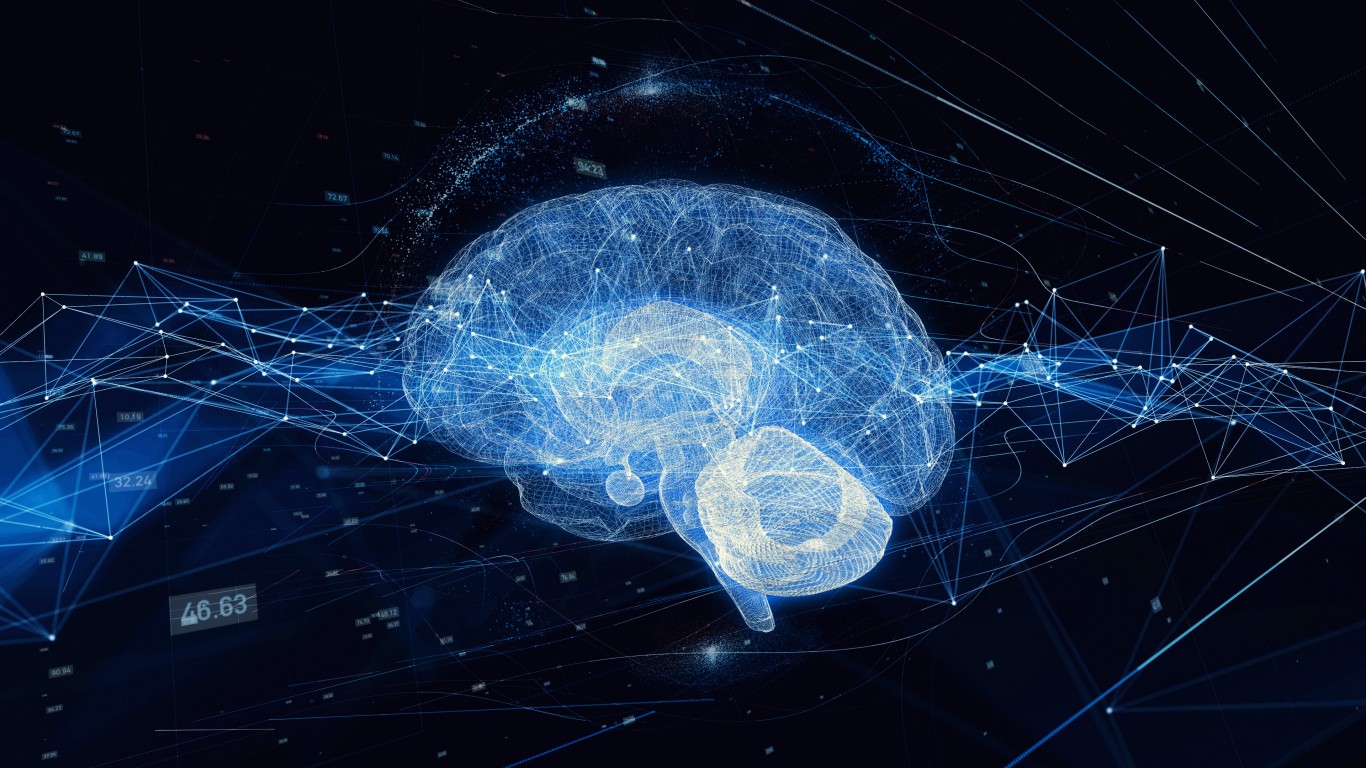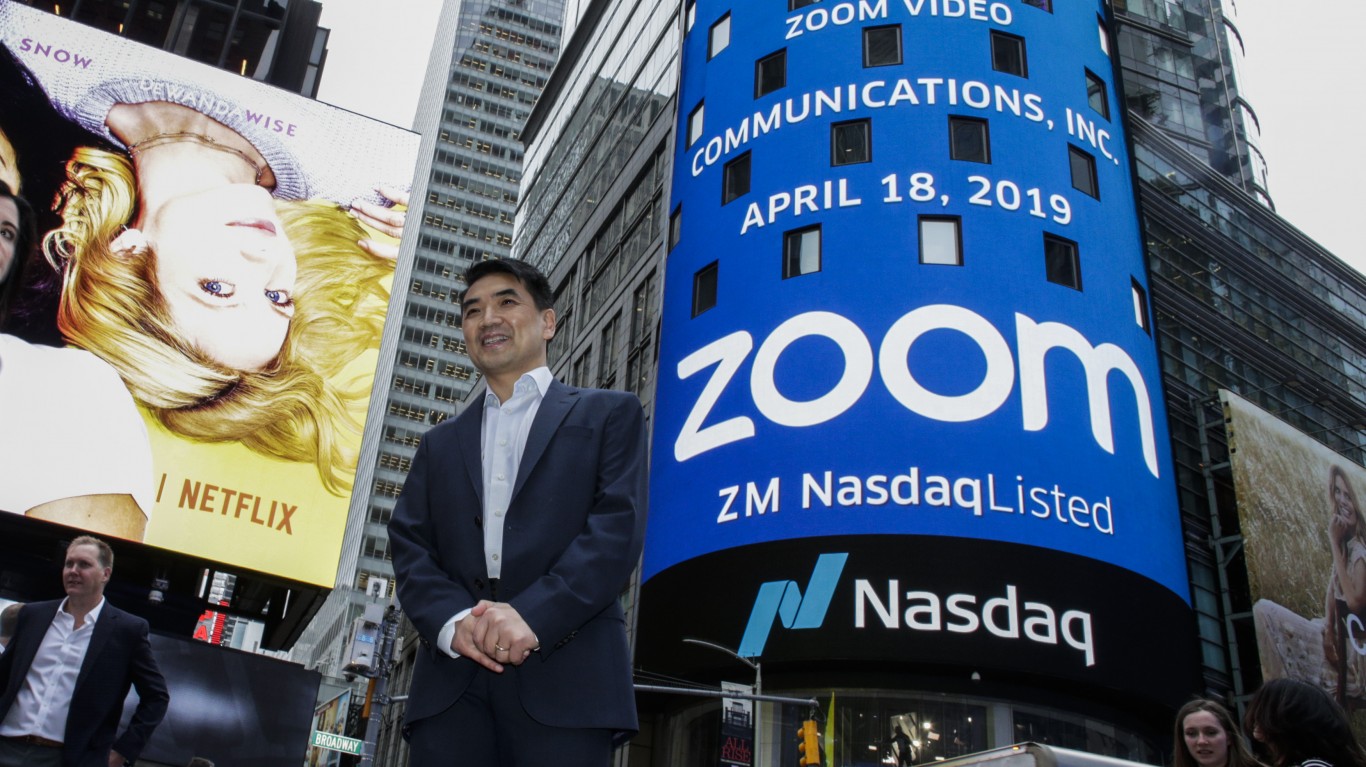
The public-facing generative artificial intelligence (AI) chabot ChatGPT reached 100 million unique users in just two months – a record that makes it the most popular consumer product in history. Generative AI is one of the central issues at the heart of an ongoing struggle in the entertainment industry – with writers, actors and directors all looking to set guardrails on its use in the future.
Knowledge workers worldwide are bracing for transformative change as AI applications delve deeper into the workplace.
While AI has spurred a frenzy of speculation among investors, triggering a recession-defying bull run on Wall Street in recent months, there is also a palpable sense of dread among the broader population.
According to the Center for Data Innovation, the widespread anxiety over generative artificial intelligence (AI) is now reaching the “height of hysteria.” This is the most restless phase in what the think tank terms the “tech panic cycle” – a historical pattern repeated at the arrival of major modern innovations, from the printing press to now.
Tech CEOs like Elon Musk say AI could lead to “civilization destruction,” while ex-Googler ethics advocate Tristan Harris compares the technology to nuclear weapons.
While these Silicon Valley thought leaders sound the alarm on AI’s threat to our species, most people are primarily worried about what it all means for their jobs.
Almost half the global workforce – 49% – fear they will be replaced by AI, according to a recent Microsoft-led survey that polled over 30,000 workers around the world.
Yet what if the panic over AI-powered retrenchment is overblown? Savvy professionals may see this threat instead as an opportunity to harness the technology to increase their productivity. In fact, 70% of workers surveyed in the Microsoft study expressed hope AI could help alleviate their ever-growing workloads and make them more effective at their jobs.
How this pans out will vary across professions. With AI able to give therapy to individuals and even design their best retirement plan, professionals like psychologists and financial planners will use it as an assistant to serve clients better.
This article will look at some of the most common everyday applications that ordinary workers can use to become more effective.
Word-Based Apps
For employees, AI tools can take some office task drudgery off their hands and increase their overall output. For solopreneurs, these tools can optimize their content creation pipeline for monthly projects. They may help generate more evergreen content, such as books, from which the royalties can increase their residual income.
Monica, for instance, is a Google Chrome extension that enables users to write, translate, summarize, paraphrase, explain, or reply to any text, including professional code and industry-specific knowledge. The AI assistant operates at the same speed as ChatGPT Plus and works alongside users in their browsers, so they don’t need to log in to their ChatGPT (OpenAI) account.
Bilingual or multilingual professionals who need to communicate across borders can go beyond legacy apps like Google Translate and leverage new AI-powered tools like DeepL.
This platform leverages neural networks to hone in on nuances and reproduce them in translation. The company claims its product is more accurate than rivals’ translations by a factor of 3:1, according to blind tests involving professional translators.
Going Visual
There are also numerous tools to help visual creators.
For video makers, Pictory enables users to edit videos using text, an entirely different approach to editing. Rather than scrub back and forth through reels of footage alone, the algorithm can automatically suggest appropriate clips to editors and create a quick highlight reel.
There are also AI-powered image generators, like Midjourney, or Stable Diffusion, its open-source equivalent, that graphic designers and illustrators can leverage. Although this can be great for productivity, it’s key to note that AI-generated images have questionable legal status.
An AI-generated graphic novel was refused copyright protection by the US Copyright Office back in February.
Other Hacks
Besides these specific tools, there are many other generic ways professionals can leverage the tech.
Many workers can use ChatGPT during web searches, giving them a “second opinion” alongside regular Google queries. Another valuable search tool is Perplexity.ai, which, unlike ChatGPT, has real-time access to the web.
The interface populates with summarized bullet point answers to the query, quoting directly from webpages, with hyperlinked footnotes beneath.
Analysts who want to parse through mountains of text can tap ChatGPT as a “super reader.” Users can paste over troves of data and reports so the application can process their reading material and promptly regenerate the key points for them.
AI can also help with the nuts and bolts of productivity – scheduling. By entering lengthy to-do lists, AI platforms can instantly spit out an hour-by-hour breakdown of a potential schedule. Automating this process can save workers time and take the mental strain of planning.
ChatGPT may even help people scale the corporate ladder. The platform can be used to rewrite cover letters based on job descriptions or even offer advice on how to best ask for a raise from your employer. Better yet, AI may also be used to optimize tax returns, helping workers to reduce their tax burden – something all workers are keen on.
As the AI revolution unfolds, workers who learn to thrive through technology will ultimately emerge stronger than those who hide from it. Leveraged properly, AI-powered tools can lighten our workloads by automating the drudgery of repetitive tasks and free up human minds to focus on the creative elements of a project.
Thriving amid this new era requires adapting and embracing rapid change. By harnessing AI, knowledge workers can uncover innovative solutions to complex challenges and seize emergent opportunities in their industries.
This article was produced by Media Decision and syndicated by Wealth of Geeks.
Are You Ahead, or Behind on Retirement? (sponsor)
If you’re one of the over 4 Million Americans set to retire this year, you may want to pay attention.
Finding a financial advisor who puts your interest first can be the difference between a rich retirement and barely getting by, and today it’s easier than ever. SmartAsset’s free tool matches you with up to three fiduciary financial advisors that serve your area in minutes. Each advisor has been carefully vetted, and must act in your best interests. Start your search now.
Don’t waste another minute; get started right here and help your retirement dreams become a retirement reality.
Thank you for reading! Have some feedback for us?
Contact the 24/7 Wall St. editorial team.





